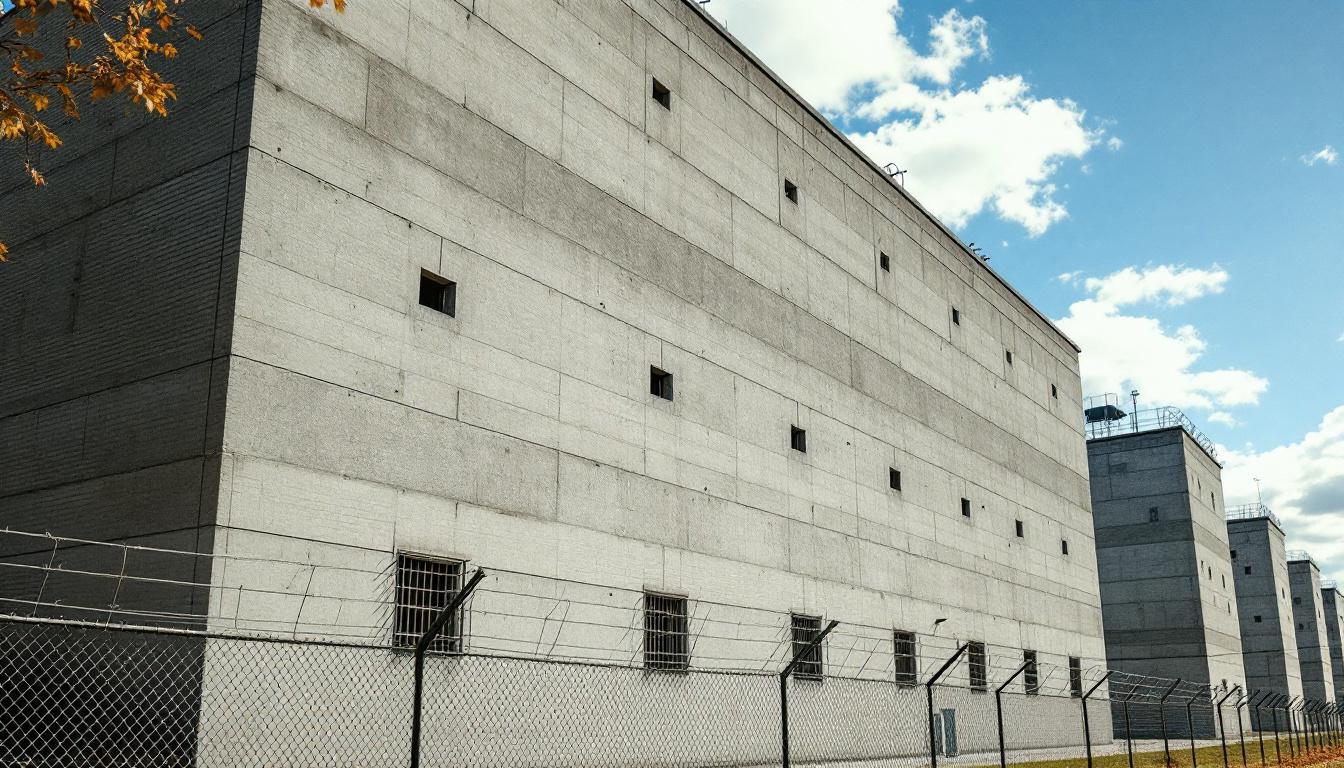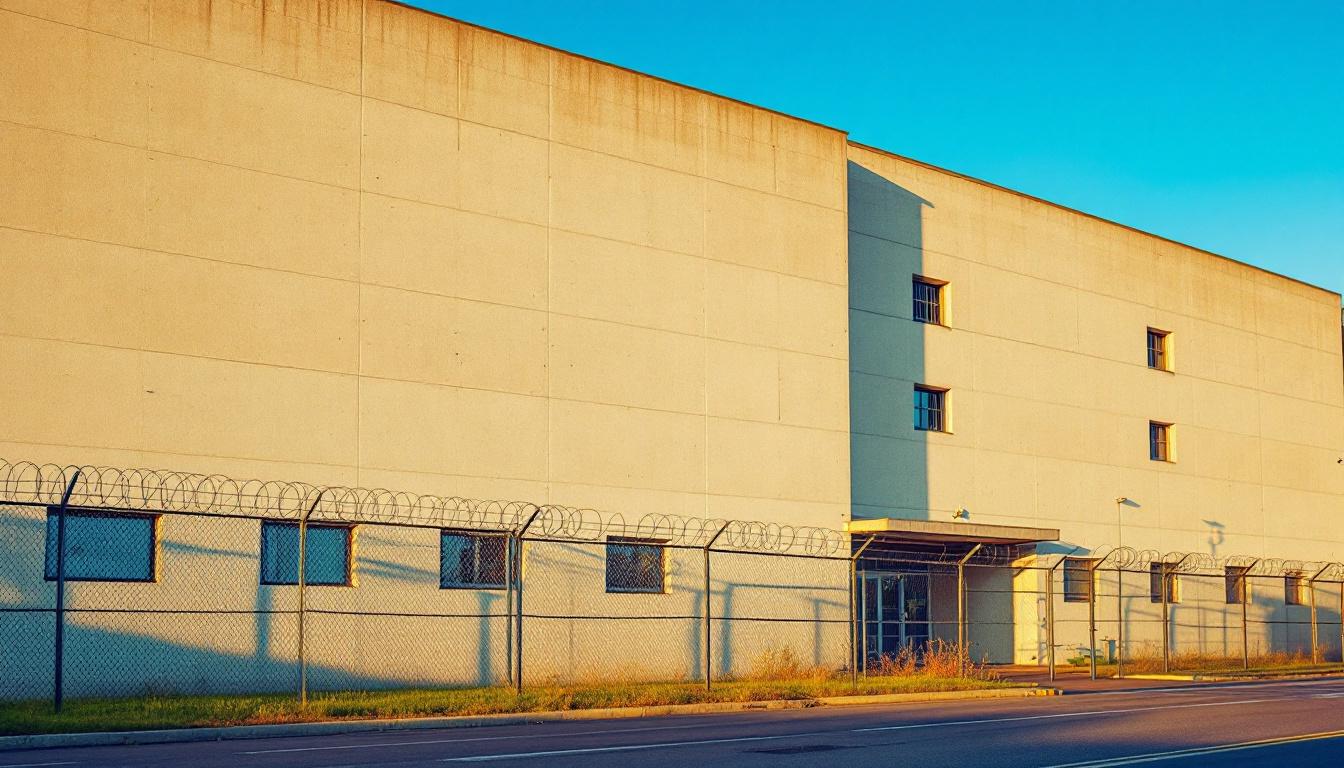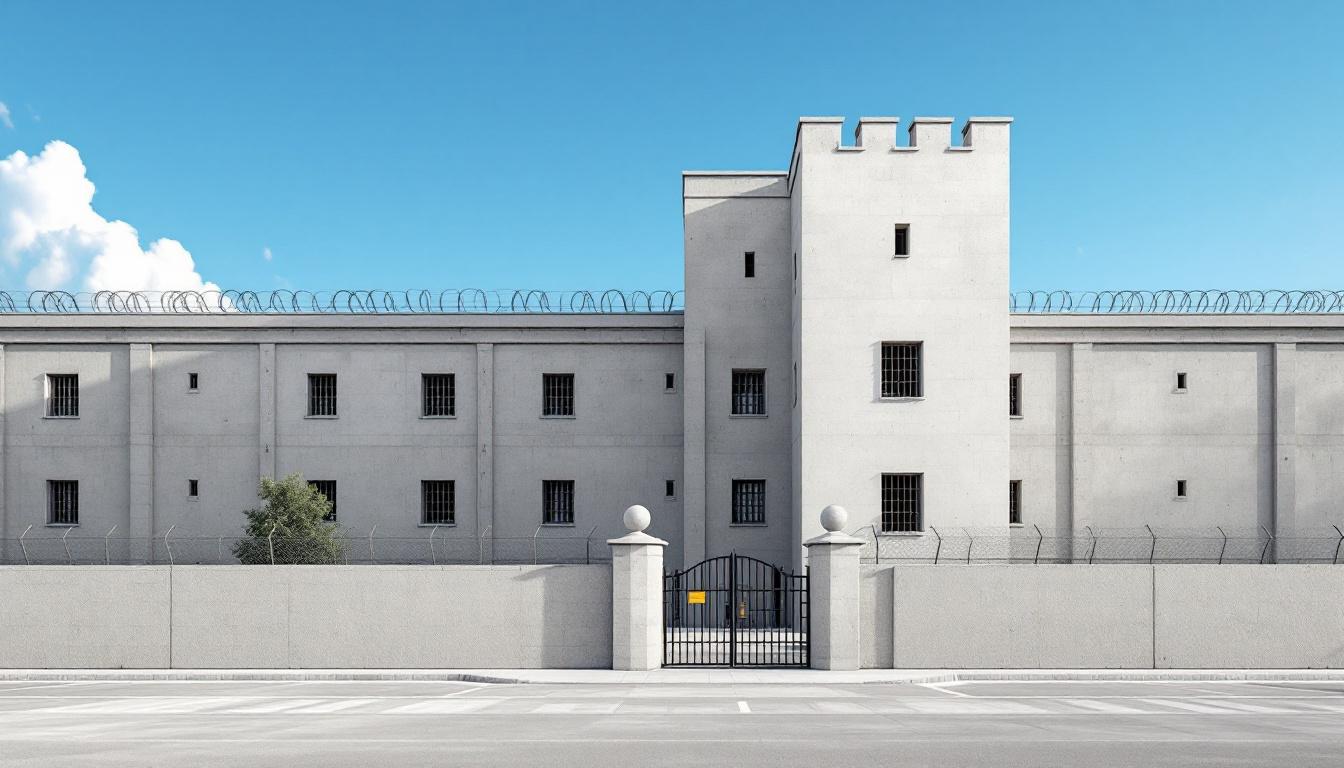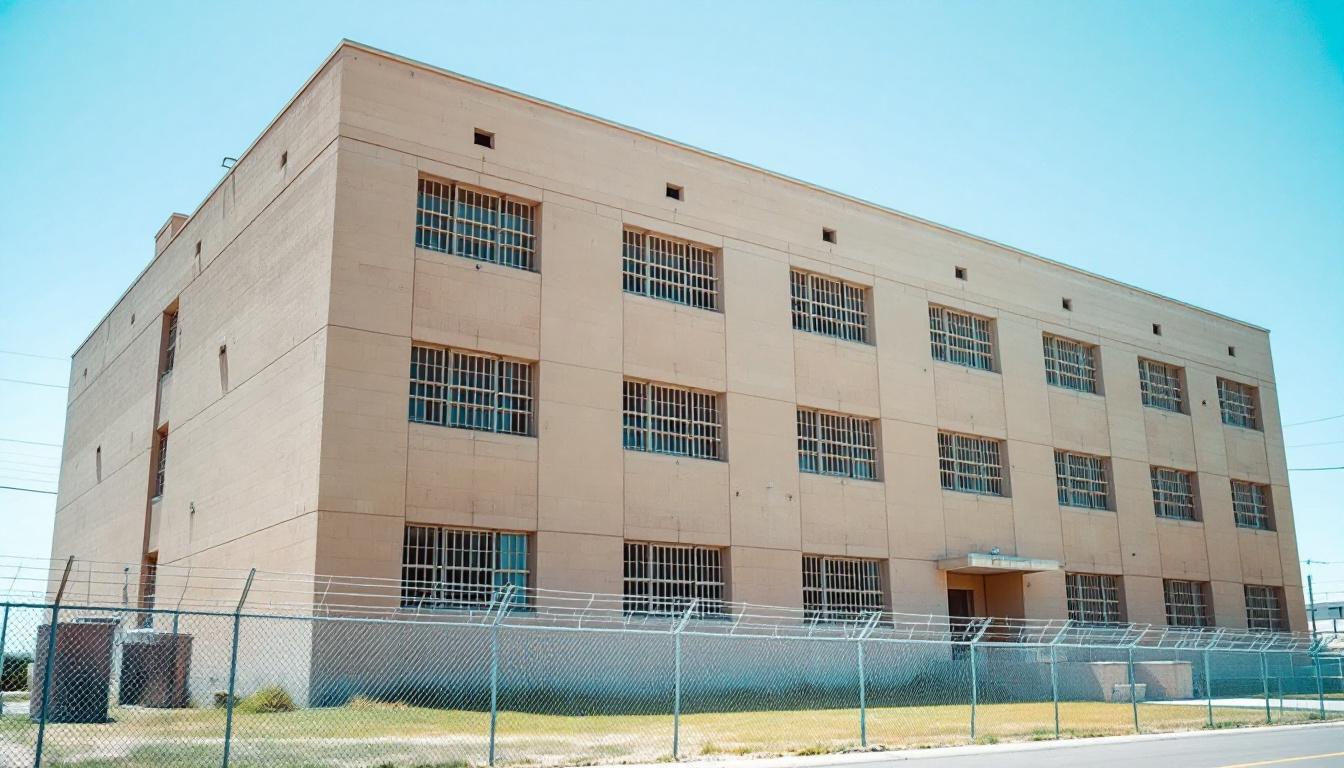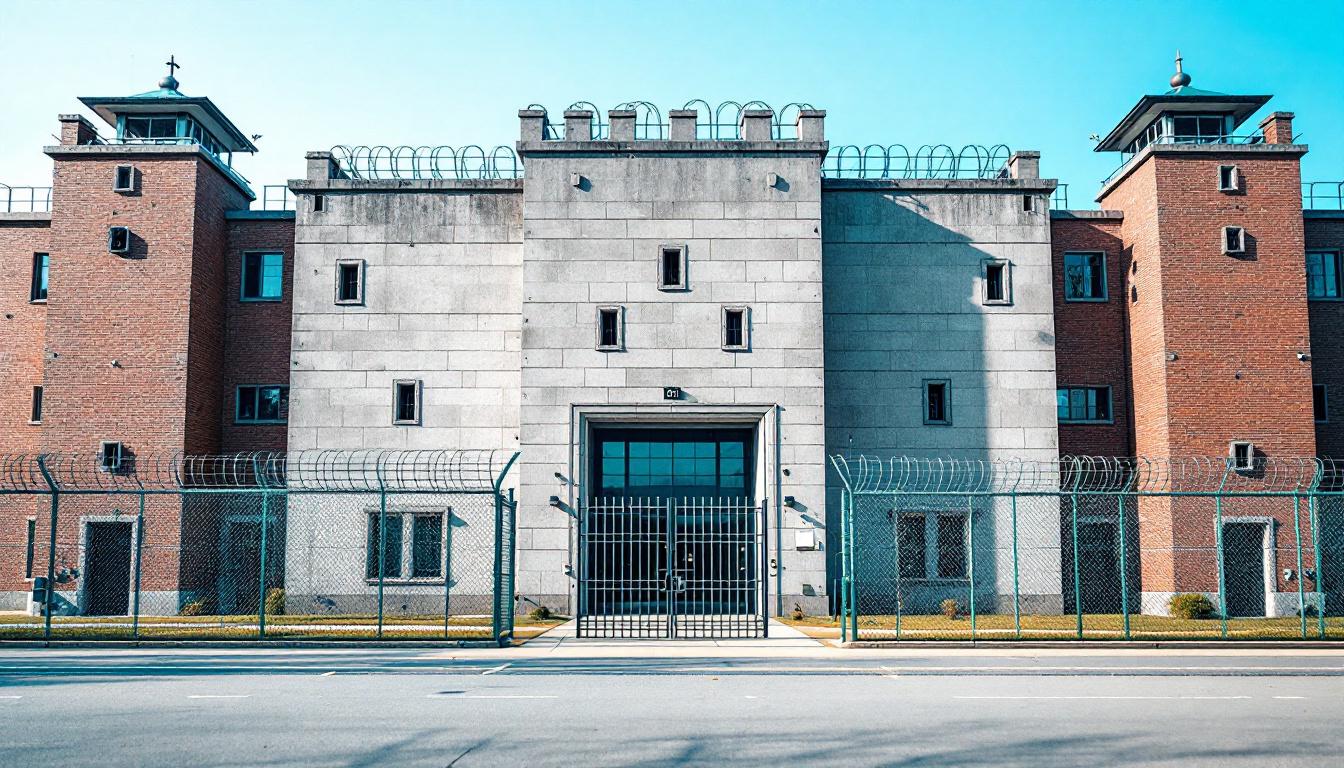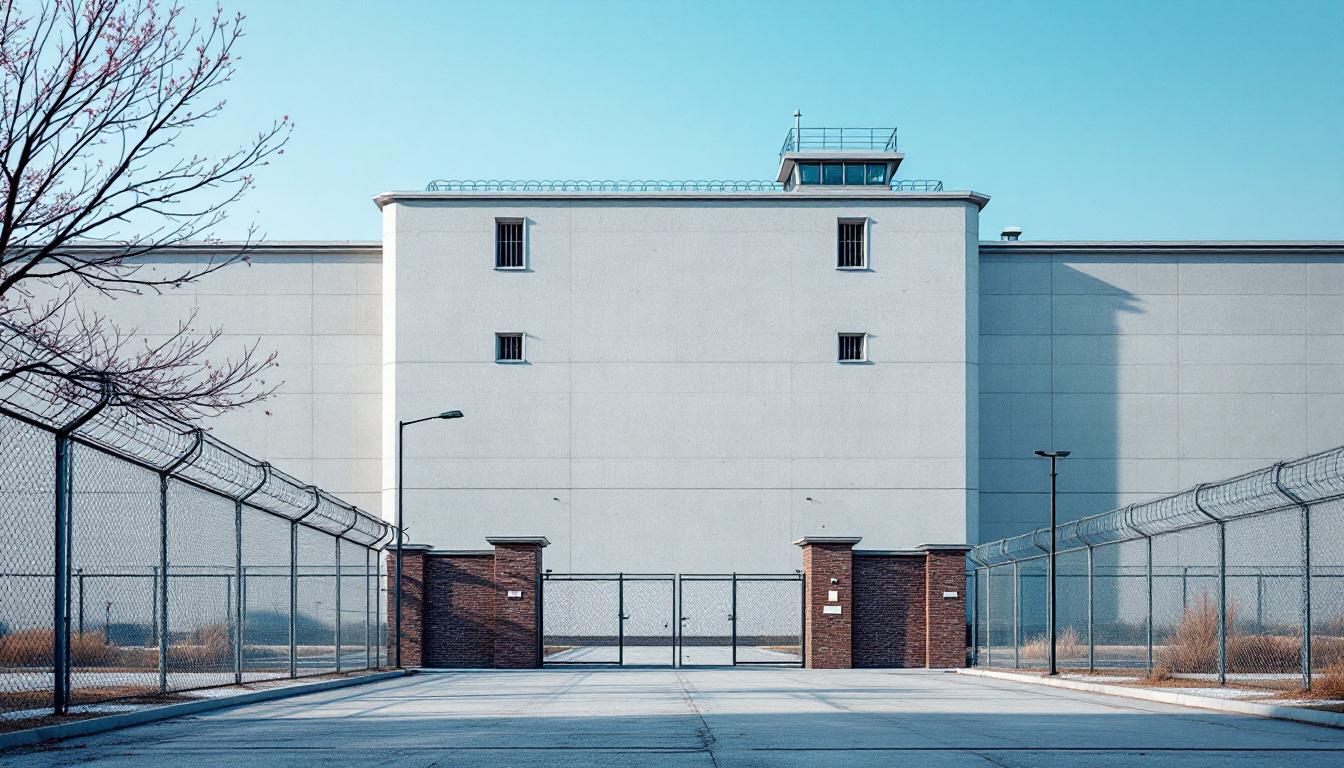
Quick Navigation
How to contact an inmate at US Prison Bureau
This comprehensive guide will walk you through how to connect with an inmate at US Prison Bureau. Follow the steps below to find an inmate and send letters and photos:
- Search for the inmate using our search tool below
- Create your account or log in to Penmate
- Write your message (up to 6,000 characters)
- Send instantly - inmates receive printed copies daily
Find an Inmate
Search for an inmate to start communicating today
Tip: You can search by first name, last name, or inmate ID number
To contact a person at US Prison Bureau start by searching for the person on the official facility website. Perform a search by following these steps:
- Step 1: Enter their first name and last name into the search form and click "Search"
- Step 2: Locate their inmate record
- Step 3: Write down their Inmate ID and any housing information provided
Important! Be sure to enter the person's full name. Nicknames should not be used.
How to Send Messages to Inmates

You can use your phone or computer to send emails, letters, and photos to an inmate. Messages are sent electronically to inmate tablets or kiosks at the facility. If you would like to send a message, start by searching for an inmate at US Prison Bureau.
Sending Photos and Postcards

A great way to send love and support to a loved one at US Prison Bureau is to send photos and postcards. It only takes a few minutes to send photos from your phone and it makes a huge difference. You can also mail postcards with words of support and inspiration, or design your own postcard for special moments like birthdays and holidays.
Important! Be sure not to send any explicit photos or they may not be approved by the facility. You can also use a photo printing app like Penmate to make sure your photos are printed at the correct size (4x6 or 3x5) and are mailed according to the rules and regulations of US Prison Bureau.
Frequently asked questions about US Prison Bureau
-
How long does it take to deliver a message?
If you're sending an email message your letter is usually delivered within 24-48 hours. For messages sent via mail you should expect delivery within 3-7 days. All messages will need be approved by US Prison Bureau.
-
How much does it cost to send a message to US Prison Bureau?
You can send a message free using your phone or mail a message via USPS for the price of a $0.60 stamp and envelope. You can also purchase credits or e-stamps from services starting at $1.99.
-
What services can I use to contact an inmate at US Prison Bureau?
Penmate
You can use Penmate to send letters and photos to an inmate from your phone. It's an easy way to stay in touch during your loved one's incarceration. Use the inmate locator to find an inmate's location and contact information, then you can send messages within a few minutes.
Securus messaging
Securus may be another option for communicating with an inmate at US Prison Bureau. You can create a friends and family account and purchase credits to send messages. All messages will be reviewed and must be approved by the facility.
JPay
Some county jails and state prisons may support sending messages with JPay. You must register an account with the system, find your loved one, and purchase stamps to send messages. For some locations you can also attach photos.
Smart Jail Mail
You may also check if Smart Jail Mail is available at US Prison Bureau. Smart Jail Mail is operated by Smart Communications and has contracted with some state and county jails. After purchasing credits, your messages and photos are sent to the facility, printed out, and then handed out to your loved one.
-
What is the mailing address of US Prison Bureau?
Mailing address:
US Prison Bureau
200 Chestnut St
Philadelphia, PA 19106
Phone: (215) 521-7454 -
What are the visiting hours at US Prison Bureau?
Visiting hours at US Prison Bureau vary by housing unit and security level. Generally, visits are scheduled on weekends and holidays, with some facilities offering weekday visits. Contact the facility directly at (215) 521-7454 or check their website for the current visiting schedule. Visits typically last 30-60 minutes and must be scheduled in advance.
-
What items are prohibited when sending mail to US Prison Bureau?
Prohibited items typically include: cash, personal checks, stamps, stickers, glitter, glue, tape, staples, paperclips, polaroid photos, musical or blank greeting cards, hardcover books, magazines with staples, and any items containing metal or electronics. Only send letters on plain white paper with blue or black ink. Photos must be printed on regular photo paper (no Polaroids). Always check with US Prison Bureau for their specific mail policies.
-
How do I send money to an inmate at US Prison Bureau?
You can send money to an inmate at US Prison Bureau through several methods: 1) Online using JPay, Access Corrections, or the facility's approved vendor, 2) Money orders mailed directly to the facility with the inmate's name and ID number, 3) Kiosks located in the facility lobby, or 4) Over the phone using a credit or debit card. Fees vary by method, typically ranging from $2.95 to $11.95 per transaction.
-
Can I schedule a video visit with an inmate at US Prison Bureau?
Many facilities now offer video visitation as an alternative to in-person visits. At US Prison Bureau, video visits may be available through services like Penmate, Securus Video Connect, GTL, or ICSolutions. Video visits typically cost $10-20 for 20-30 minutes and must be scheduled in advance. You'll need a computer or smartphone with a camera and reliable internet connection. Contact the facility for their specific video visitation policies and approved vendors.
-
What identification do I need to visit an inmate at US Prison Bureau?
All visitors must present valid government-issued photo identification such as a driver's license, state ID, passport, or military ID. Minors must be accompanied by a parent or legal guardian who can provide the minor's birth certificate. Some facilities require visitors to be on the inmate's approved visitation list, which may require a background check. Contact US Prison Bureau for specific ID requirements and visitor approval procedures.
-
How can I find out an inmate's release date?
To find an inmate's release date at US Prison Bureau, you can: 1) Use the online inmate search tool if available, 2) Call the facility's records department, 3) Contact the inmate's case manager or counselor, or 4) Have the inmate provide this information during a call or visit. For privacy reasons, some facilities only release this information to immediate family members.
Facility Overview
Official Website

About US Prison Bureau
Correctional facilities throughout the mid-Atlantic region serve as critical components in balancing public safety with meaningful rehabilitation efforts, and RRM Philadelphia exemplifies this dual commitment within Pennsylvania's correctional landscape. Located in the heart of Philadelphia, this PA correctional facility operates with a focus on creating pathways for successful community reintegration while maintaining the security standards essential for both staff and resident safety.
The facility's approach to serving the population services centers on evidence-based programming that addresses the underlying factors contributing to criminal behavior. Educational opportunities, vocational training, and substance abuse treatment typically form the foundation of rehabilitation efforts, while mental health services and counseling programs may provide additional support for residents preparing for their eventual return to Philadelphia's diverse communities. These comprehensive services often work in coordination with local organizations and agencies to ensure continuity of care and support beyond the facility walls.
RRM Philadelphia's role within Pennsylvania's correctional system reflects the state's broader commitment to reducing recidivism through meaningful intervention and skill development. The facility generally emphasizes family connection and community ties, recognizing that maintaining these relationships often proves crucial for successful reintegration. Through structured programming and graduated responsibilities, residents may develop the tools and confidence necessary for productive citizenship, ultimately contributing to safer communities throughout the Philadelphia metropolitan area and beyond.
Programs & Services
Through comprehensive therapeutic communities and structured support networks, RRM Philadelphia cultivates an environment where meaningful transformation becomes achievable for participants navigating their reintegration journey. The facility's programming philosophy centers on addressing the multifaceted challenges that individuals face when transitioning back into community life, recognizing that sustainable change requires both personal development and practical skill acquisition. This holistic approach typically encompasses evidence-based interventions that strengthen family connections while building the foundational competencies necessary for successful community reentry.
Educational initiatives form a cornerstone of the facility's offerings, with vocational education programs designed to equip the population with marketable skills aligned with regional employment opportunities. These comprehensive education programs often include structured tutoring programs that address varying literacy levels and learning needs, ensuring that participants can progress academically regardless of their starting point. The curriculum typically emphasizes both traditional academic subjects and practical life skills, creating pathways for individuals to pursue further education or enter the workforce with enhanced confidence and capability.
Additionally, therapeutic interventions play a vital role in supporting participants through group therapy sessions that foster peer connection and emotional growth. These programs may supply structured environments where individuals can process their experiences, develop coping strategies, and build healthy relationships with others facing similar challenges. Work release programs often complement these therapeutic services by providing supervised opportunities for participants to maintain employment while receiving continued support, thereby strengthening the bridge between institutional care and independent community living while preserving essential family and social connections.
Daily Life & Visitation
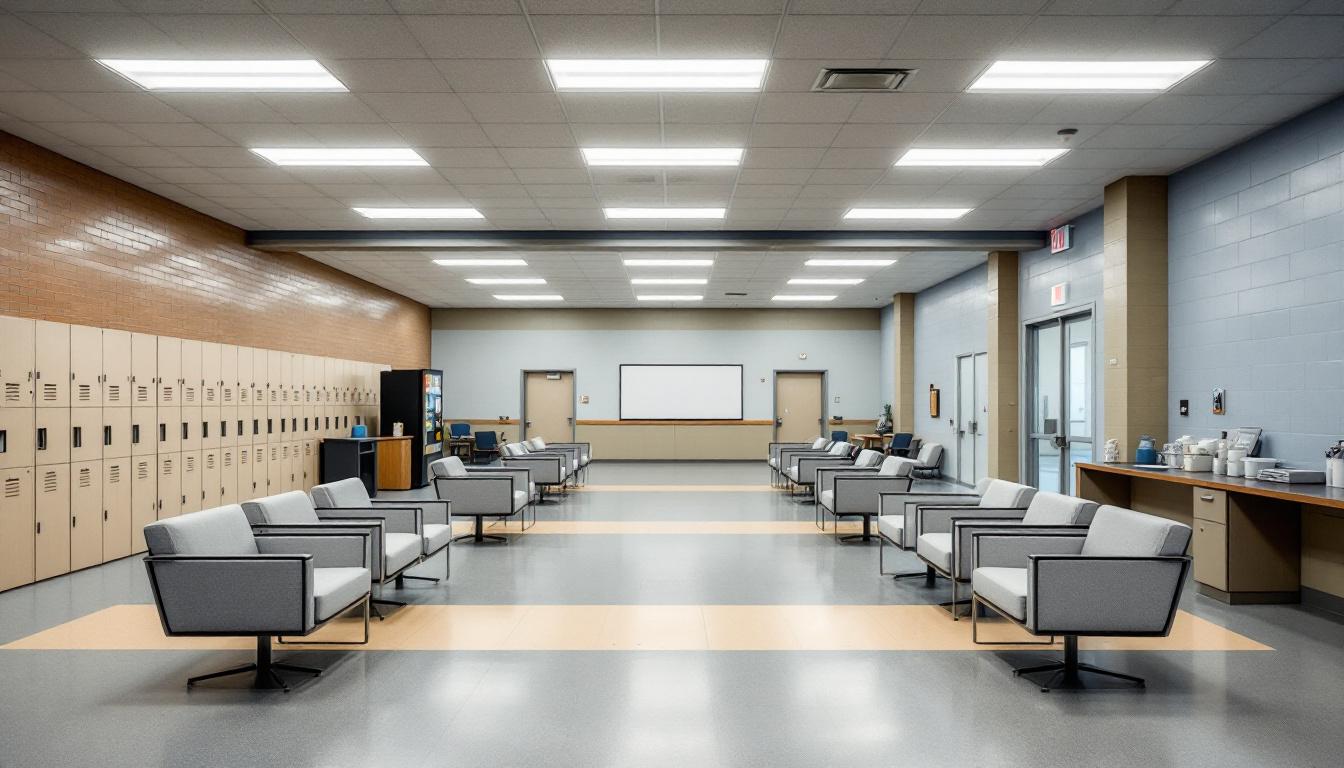
Organizational frameworks shape every aspect of the residential experience, with structured schedules and clear expectations forming the foundation of community life. At present, the population follows established daily routines that actively promote accountability and personal development, beginning with morning counts and structured meal times that provide consistent anchoring points throughout each day. Staff typically coordinate movement between housing units and common areas, ensuring that residents understand expectations while maintaining the orderly flow of activities that supply stability to the residential environment.
Living accommodations generally consist of dormitory-style housing units where residents share sleeping quarters and common spaces, with personal property allowances that may include approved clothing, hygiene items, and limited personal effects. The population typically receives three meals daily in designated dining areas, with menu planning that aims to provide balanced nutrition while accommodating various dietary needs and restrictions. Additionally, commissary services usually allow residents to purchase approved snacks, hygiene products, and communication supplies, providing some degree of personal choice within the structured environment.
Programming schedules actively engage the population through work assignments that may include facility maintenance, food service, and administrative support roles, offering opportunities to develop job skills while contributing to daily operations. While recreational activities typically include television viewing, reading materials, and limited outdoor time when weather permits, structured programming often supplies educational components and life skills development. Family connections remain vital through scheduled visitation periods and telephone privileges, with communication policies that generally allow regular contact while maintaining appropriate security protocols and monitoring procedures.
Ready to Connect?
Start communicating with your loved one today
Search for an Inmate
